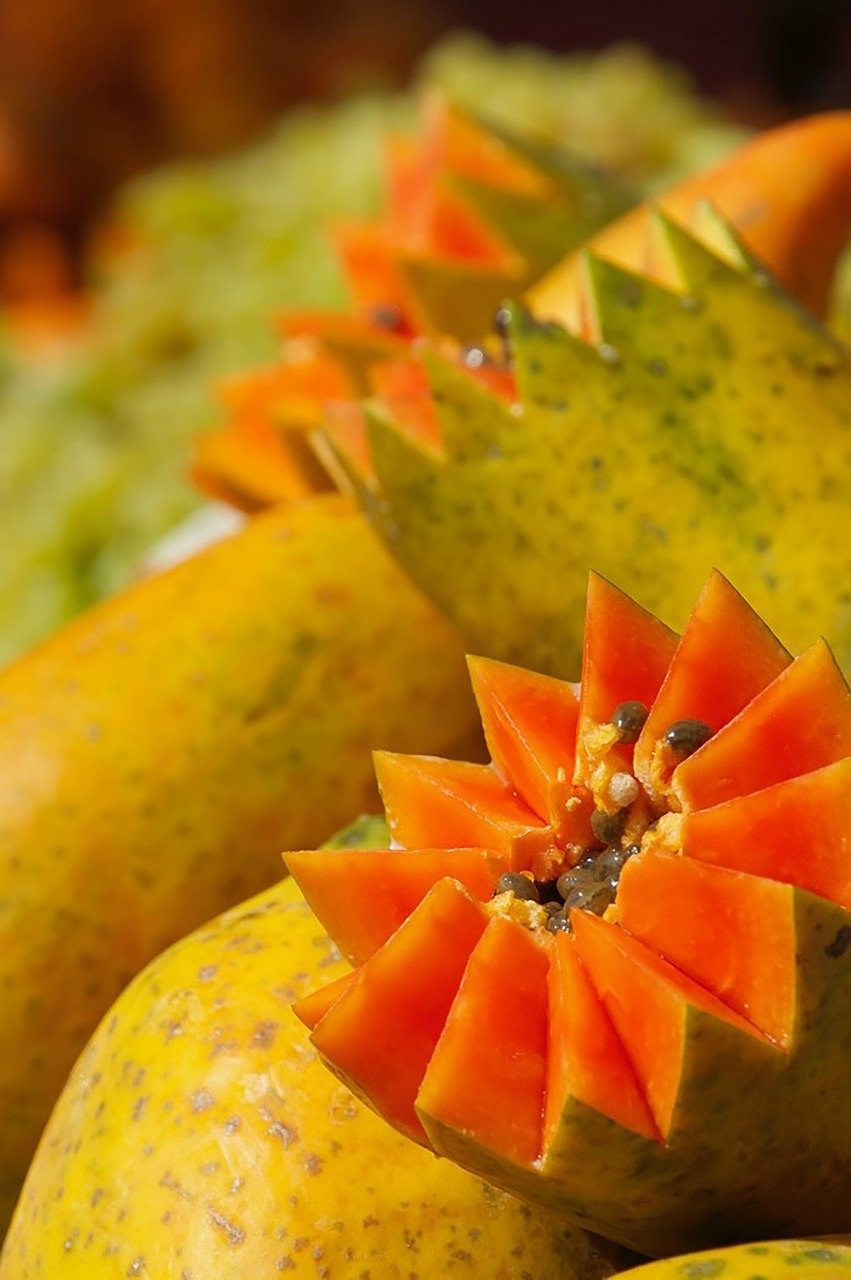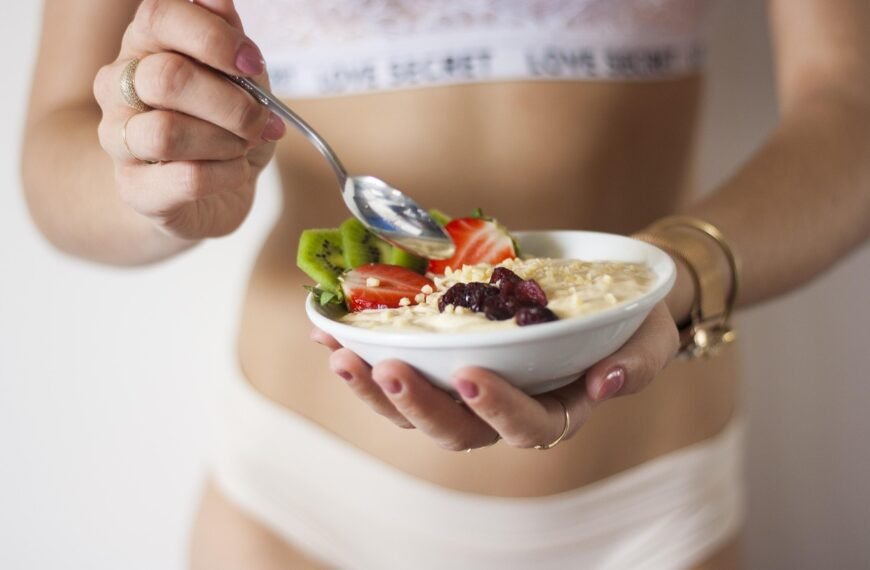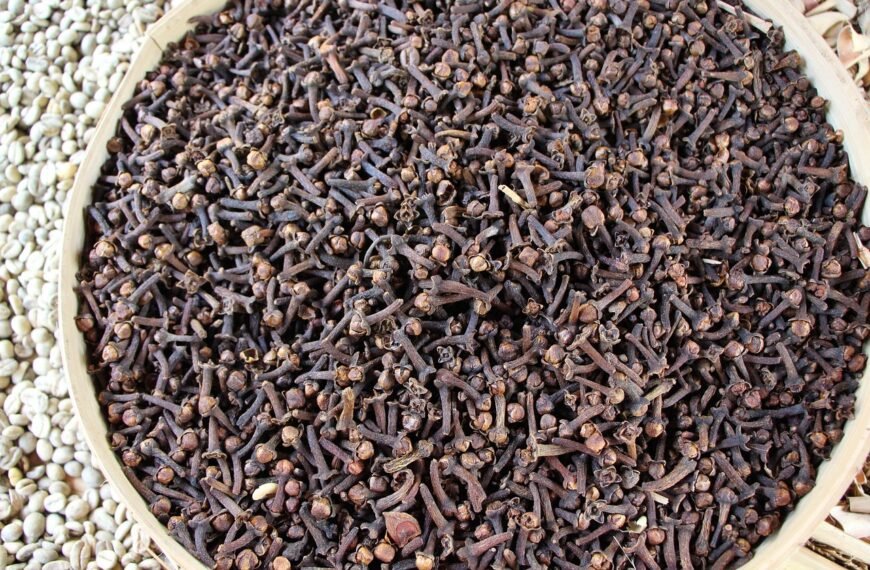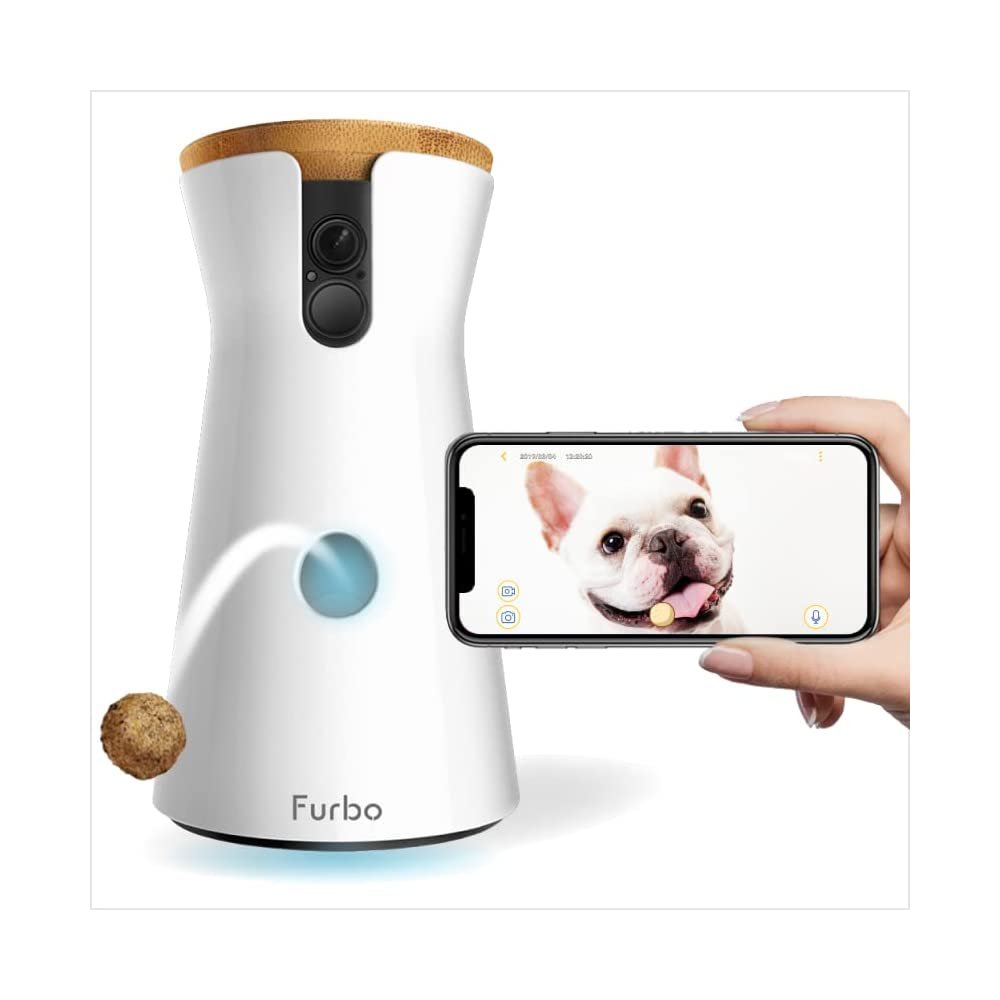Papaya lovers know the frustration – you bring home what looks like a perfect fruit, only to discover it’s rock-hard, flavorless, or worse, rotten inside. This tropical treasure offers incredible health benefits, but only when you choose the right one. Let’s break down exactly how to spot the perfect papaya every time.
Why Papaya Deserves Your Attention
Before we get to selection, it’s worth remembering why this fruit is special:
- Digestive powerhouse thanks to papain enzyme
- Skin-loving nutrients like Vitamins A and C
- Weight-loss friendly with just 62 calories per cup
- Immunity booster packed with antioxidants
The Expert Selection Guide
1. Color Tells the Story
The ideal papaya wears a sunset hue – mostly yellow with orange undertones. Green skin signals an unripe fruit that may never develop proper sweetness.
2. Follow Your Nose
Bring the fruit close and inhale. A ripe papaya releases a sweet, floral fragrance. No scent? Not ripe. Sour notes? Overripe.
3. The Gentle Pressure Test
Use your thumb to press lightly near the stem. Perfect ripeness feels like a ripe avocado – slight give without mushiness.
4. Skin Deep Inspection
Run your eyes over the surface. Avoid specimens with:
✓ Dark bruises (internal rot)
✓ White patches (possible mold)
✓ Excessive scratches (handling damage)
5. Stem Secrets
The small circle where the stem was attached reveals ripeness clues:
- Green and hard = needs days to ripen
- Light brown with slight softness = ready now
Pro Tips for Perfect Papaya
- Ripening hack: Place green papayas in a paper bag with a banana to speed up the process
- Storage solution: Once ripe, refrigerate to pause further ripening for 2-3 days
- Cutting technique: Slice lengthwise, scoop out seeds, and enjoy the orange flesh


















